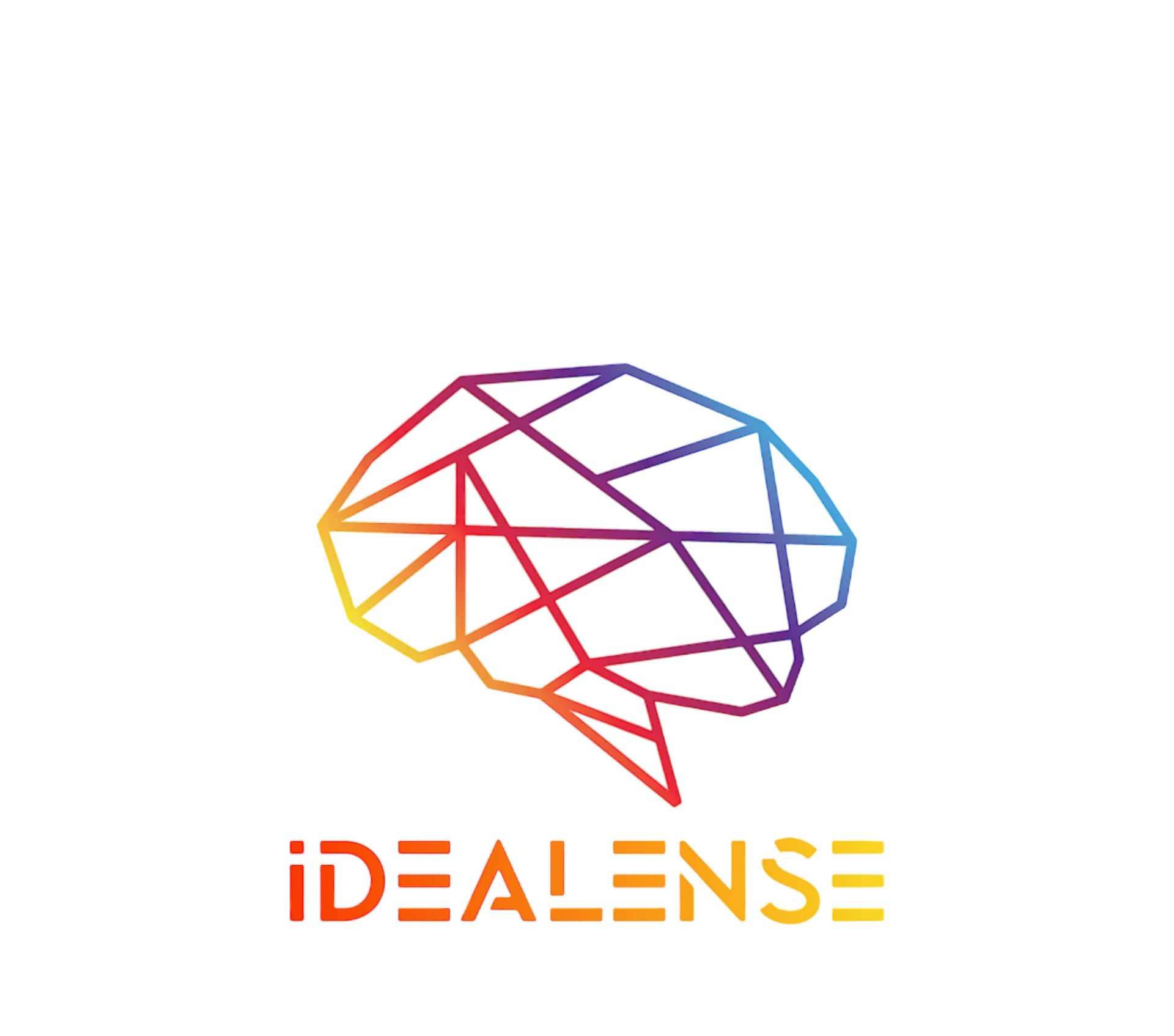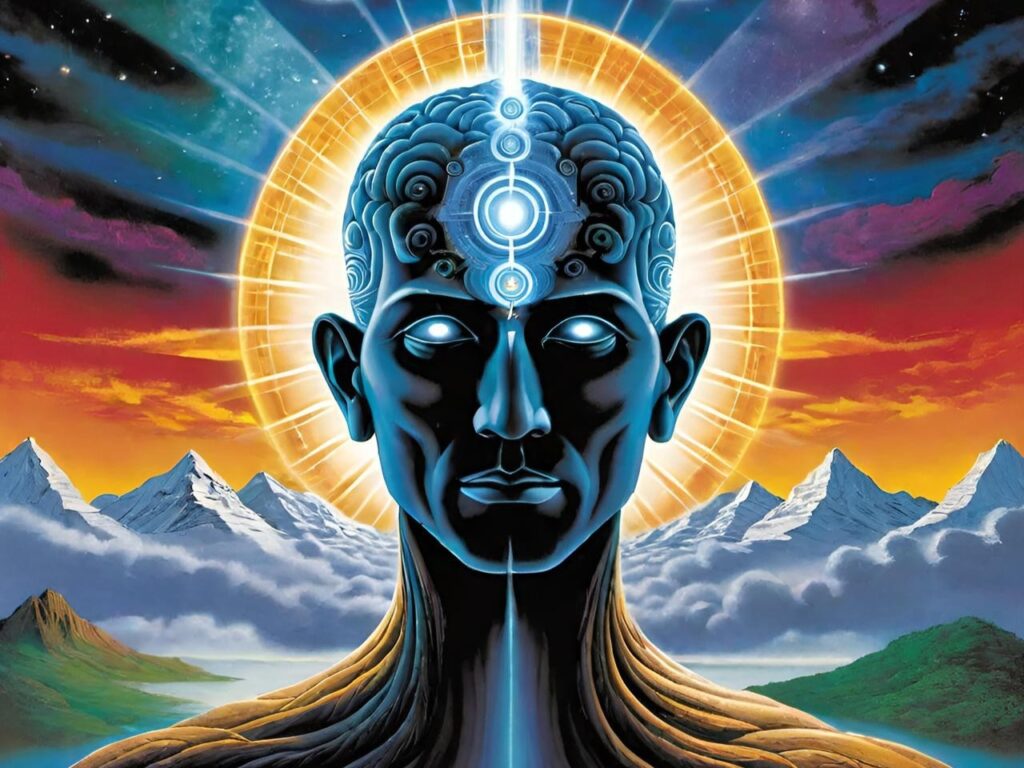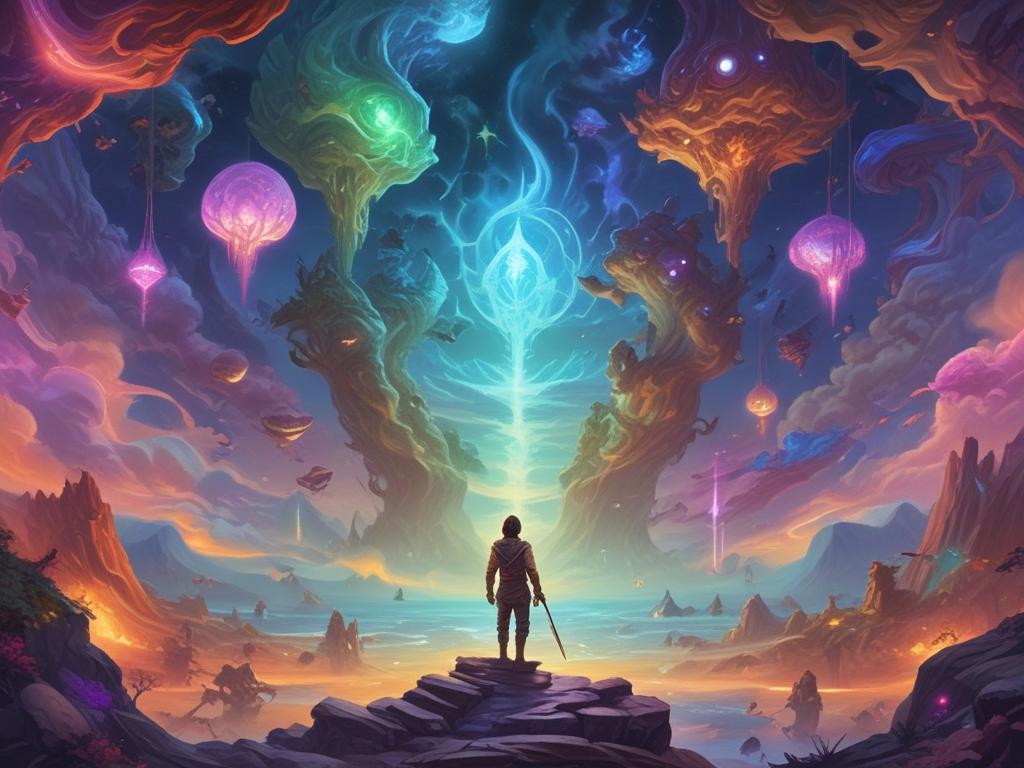In recent years, the ancient Amazonian brew known as Ayahuasca has surged in popularity, crossing cultural and geographical boundaries. Traditionally used in sacred rituals, this psychoactive concoction is sought after not just for its hallucinogenic effects, but for the profound psychological insights users report. Among these insights, experiences of the collective unconscious, a concept popularized by the Swiss psychiatrist Carl Jung, are particularly intriguing. Jung proposed that the collective unconscious consists of innate, universal archetypes shared among people worldwide, a theory that Ayahuasca experiences seem to bring vividly to life.
No, the collective unconscious is anything but an encapsulated personal system; it is sheer objectivity, as wide as the world and open to all the world. There I am the object of every subject, in complete reversal of my ordinary consciousness, where I am always the subject that has an object. There I am utterly one with the world, so much a part of it that I forget all too easily who I really am. “Lost in oneself” is a good way of describing this state. But this self is the world, if only a consciousness could see it. That is why we must know who we are.
Carl G. Jung, The Archetypes of the Collective Unconscious
Bridging the Gap Between Modern Minds and Ancient Wisdom
Ayahuasca is made from the Banisteriopsis caapi vine and the leaves of the Psychotria viridis shrub. This combination of plant materials creates a powerful psychoactive substance that has been used for centuries by indigenous tribes for healing and spiritual purposes. The experiences induced by Ayahuasca are often described as life-changing, characterized by deep introspective journeys, encounters with spiritual entities, and profound emotional releases.
Participants frequently report experiencing vivid visions that reveal the interconnectedness of all living things, a core tenet of what Jung described as the collective unconscious. These visions often contain symbolic imagery and archetypal themes—such as the Great Mother, the Trickster, or the Shadow—that are remarkably consistent across cultures. This consistency supports the notion of a shared psychic infrastructure, transcending individual and cultural differences.
The Collective Unconscious and Ayahuasca: A Mirror to Our Innermost Selves
Ayahuasca acts as a catalyst for exploring the deepest recesses of the mind, where the personal unconscious merges with the collective. Users often recount encountering not just personal memories or fantasies, but also themes and narratives that feel ancient and universal. This phenomenon suggests that Ayahuasca may provide access to a level of consciousness that encompasses the collective experiences and memories of humanity.
The symbolism encountered during these journeys often pertains to themes of death and rebirth, unity with nature, and the dissolution of ego boundaries, reflecting Jung’s archetypes and hinting at a shared human experience that predates modern civilization. These experiences challenge the Western conception of the self as a separate, isolated entity, instead proposing a more interconnected understanding of human consciousness.
Healing Through the Collective Unconscious
The therapeutic potential of Ayahuasca is vast, with users reporting significant breakthroughs in treating depression, PTSD, and addiction. This healing is often attributed to the confrontation and integration of the shadow self, a key component of Jungian therapy. By bringing unconscious conflicts into conscious awareness, Ayahuasca facilitates a process of psychological integration and transformation.
The collective nature of these experiences also offers a sense of belonging and connection to something greater than oneself, which can be profoundly healing for those feeling isolated or disconnected in the modern world. The shared archetypal themes and narratives can foster a sense of unity with humanity, bridging divisions and highlighting shared struggles and aspirations.
Conclusion
The experiences elicited by Ayahuasca offer compelling insights into the human psyche, echoing Carl Jung’s theories of the collective unconscious. These experiences suggest that beneath our individual stories and cultural identities lies a deeper, shared human experience, accessible through this ancient brew. As research into Ayahuasca and its effects continues, we may further unravel the mysteries of the collective unconscious and its implications for psychology, spirituality, and the interconnectedness of all life. In doing so, Ayahuasca not only sheds light on ancient wisdom but also offers hope for healing and unity in our increasingly fragmented world.





